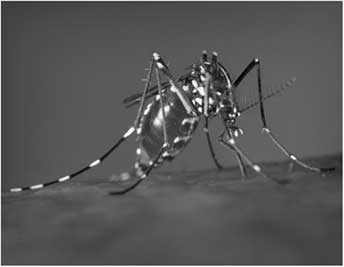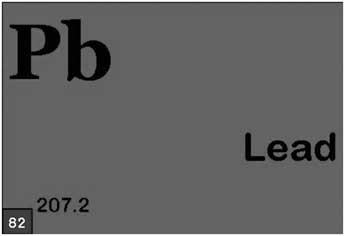Lead contamination in the drinking water of a US Rust Belt city seems to have little in common with a mosquito-borne viral outbreak creating global infectious disease concern. However, the water crisis in Flint, Michigan, has important similarities to the Zika virus in South America, relevant to the field of disaster medicine and public health preparedness. As we face emerging infectious diseases, complex environmental hazards, and the potential for ongoing health risks due to climate change, these seemingly disparate crises underscore pressing challenges and priorities for this field.Reference Watts, Adger and Agnolucci 1


Disaster medicine and public health preparedness is at the intersection of a myriad of disciplines, including clinical medicine, public health, epidemiology, risk sciences, social sciences, and engineering. Each aspect is as pertinent to natural infectious diseases as to anthropogenic environmental crises, necessitating a trans-disciplinary approach to addressing health risks. All-hazards preparedness and response comprise activities such as surveillance, risk assessment, and communication. These activities engage a range of interlinked stakeholders and often cross jurisdictional boundaries. The complexity of this system with multiple organizations, sectors, and disciplines is significant, and yet the capacity of elements in the system to interact and adapt to the changing environment is crucial to health protection for all-hazards emergencies.
A vital and challenging activity in all-hazards preparedness, response, and recovery is communication to the general public and other stakeholders. In the situations of Zika and Flint, Michigan, both crises present grave risk to specific populations: namely, associations with infant microcephaly (Zika) and potential lead-related neurocognitive deficits in children (Flint). The general public and those responding to an event deserve rigorous, evidence-informed approaches to identifying and communicating risk throughout the emergency management cycle. Moreover, the high-risk populations in a particular event require a flexible and adaptable communication approach, which acknowledges health equity, recognizes unique contexts, and leverages community assets.Reference O’Sullivan, Kuziemsky and Toal-Sullivan 2
The abovementioned commonalities across these 2 events highlight the all-hazards practical relevance of disaster medicine and public health preparedness. The field must continuously adapt to a range of threats to population health. However, the field must also mobilize to ensure that rigorous research is done so that, collectively, we can evaluate our preparedness, response, and recovery efforts, and enhance them. The paucity of evidence to inform practice in this domain has been noted.Reference Khan, Fazli and Henry 3 , Reference Challen, Lee and Booth 4 There are, however, examples of research conducted related to recent events that provided valuable knowledge to inform practice.Reference Lurie, Manolio and Patterson 5 , Reference Généreux, Petit and Maltais 6 Like all emerging events, Zika and Flint represent lenses for us to understand how we are doing and how we can improve. Frameworks to conceptualize the system for relevant contexts globally can enable more metrically driven quality improvement. The field stands to benefit from rigorous approaches to continuous quality improvement.
Zika and Flint represent currently evolving events; however, it is expected that a broad diversity of all-hazards threats will continue to arise. The complexity of the field is important to acknowledge in research, as is the value of studying complex actions like communication and the health equity considerations that are often inherent in disaster risk. As a dynamic trans-disciplinary field, rigorous research, evaluation, and quality improvement will promote critical system capacity for addressing future emergent threats to population health.

Zika virus is transmitted by the Aedes aegypti mosquito. Image courtesy of CDC.

Flint Water Crisis. Courtesy of Michigan ACLU, http://www.aclumich.org/flint-water-crisis.

Digitally colorized transmission electron micrograph (TEM) of Zika virus. CDC/Cynthia Goldsmith

Symbol for lead. Periodic Table of Elements.


